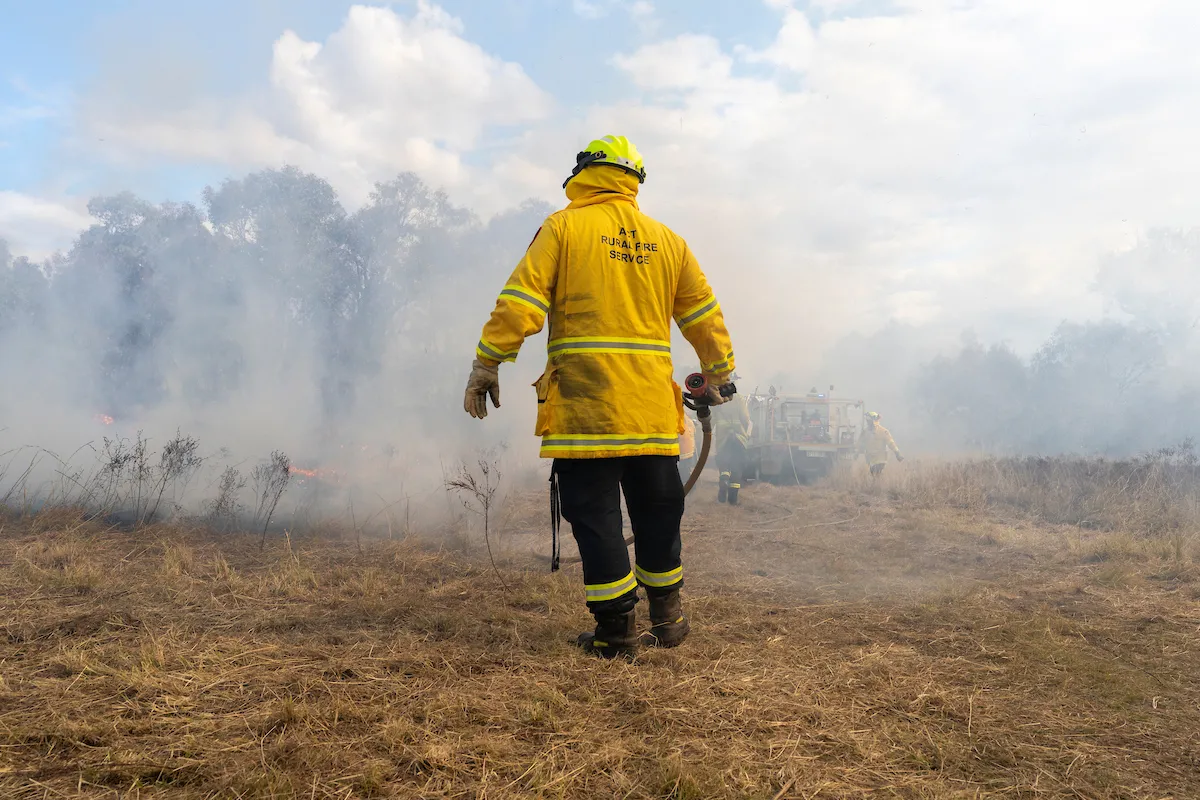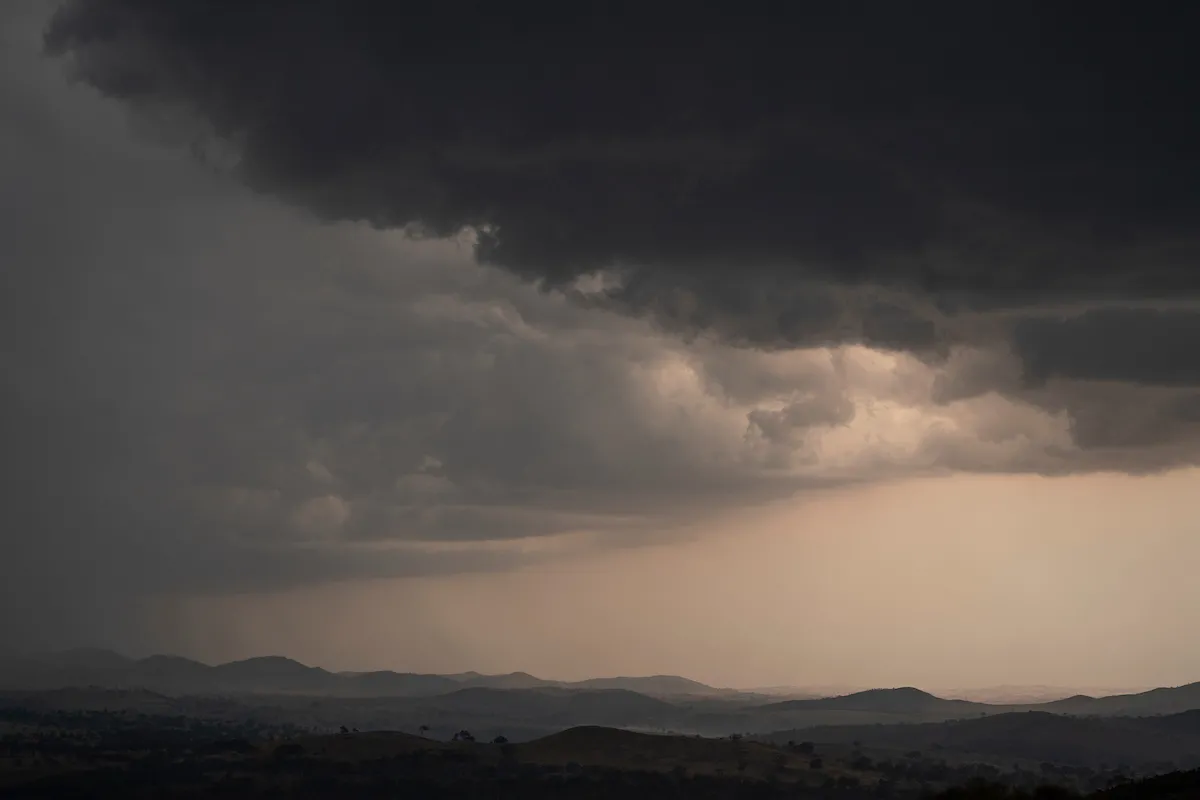
Australia’s summer weather heats up
The warm spring days across Australia have been first warning signs of a scorching summer ahead, with the Bureau of Meteorology predicting this year will be the hottest on record.
The forecast comes after a seemingly cooler, rain-heavy 2023, driven by three years of La Niña. While it is too early to predict whether this summer will feature a La Niña or El Niño event, what is guaranteed is the season will be shaped by climate change.
Professor Sarah Perkins-Kirkpatrick is a climate scientist at the Fenner School of Environment and Society at The Australian National University (ANU). She says we shouldn’t let our experience of previous summers create a false sense of security about the hotter months.
“I think a lot of people waited with bated breath for a hot, dry, fire-raging summer last year, which is not what we got,” says Perkins-Kirkpatrick.
“It was actually our third hottest summer on record, which people tend not to realise, simply because we didn’t have any record-breaking hot and dry events. It was consistently warmer than the average.
“We are seeing hotter weather in Australia; we’re seeing it start earlier, last longer, be more extreme, and we’re also seeing decreased rainfall in winter over some parts of Australia. That’s quite noticeable.”

This year’s spring has already demonstrated this change, with September’s global surface temperate 1.24 degrees above our current average. Beyond featuring in the record books, these numbers have other consequences.
“If you have a heatwave earlier in the season, unfortunately, we can have a higher mortality impact because we’ve not had a month or two to slowly adapt to warmer temperatures.
“The same thing can be said for ecosystems. Heatwaves are shown to dry out the land surface more quickly than what would otherwise happen. Depending on what happens for the rest of the season – which is hard to predict at this stage, it could certainly start paving the way for even hotter weather to come, but it’s too early to call that yet.”
Without knowing exactly how much rainfall to expect, or if a weak La Niña could further influence cycles, the possibility of a damaging fire season remains on the radar.
“It depends on what happens with rainfall, and that can be hard to forecast. It doesn’t look like it’s going to be a super rainy year again because if there is a La Niña, it won’t be that strong,” says Perkins-Kirkpatrick.
“If we continue to have hot and dry weather, it does allow vegetation to grow and effectively creates fuel for fires, which would mean we’d have a higher risk towards the end of the season.
“It’s not like when we walked into Black Summer and it was literally a tinderbox. We don’t have those conditions – that’s not to say that we have no risk at all for bad bushfires at some point this season – we certainly do.
A hot summer ahead also means the warming of our oceans, particularly in regions such as Western Australia.
“Marine heatwaves have catastrophic impacts on marine ecosystems from things like coral bleaching,” Perkins-Kirkpatrick says. “Which also leaves kelp forests vulnerable.”
“It’s actually really quite devastating because marine heatwaves typically last a lot longer than atmospheric heatwaves. Any sort of local system ecosystem can be really negatively impacted and put in a place where they simply can’t recover.”
On a day-to-day level, meteorologists can help to arm us with the data we need – the kind of practical information that could have you dusting off your fan, bringing an umbrella to work, or even, saving your own life.

“Trust your apps. But trust your apps that are actually based on proper forecasting services, and not ones that seem to interpolate things down to a real fine scale, like your house level – that’s just not possible,” Perkins-Kirkpatrick says
“Most good apps, like the Bureau of Meteorology and Weather Zone, will warn you if a bad thunderstorm is coming or dangerous fire weather. They’re not there to scare you, but they’re there so people can take action as they need.”
If you’re worried about the future of summers in Australia, you’re not alone. Climate scientists are worried too.
“There won’t be change in the near future. There probably won’t even change that quickly once we reach net zero emission,” says Perkins-Kirkpatrick.
“I know that’s really depressing, and it depresses me too – but it doesn’t mean that we shouldn’t make change at all.
“For example, at least Australia has a net zero target. It could be better, but at least we have one, and they have incentives and mechanisms in place, so we can now use more green energy.
“I choose not to be overwhelmed by it. It makes me angry. But then I then I get up and do something about it.”
This article was first published by ANU Reporter.
